C5 Corvette Cooling Upgrades & Modifications Options
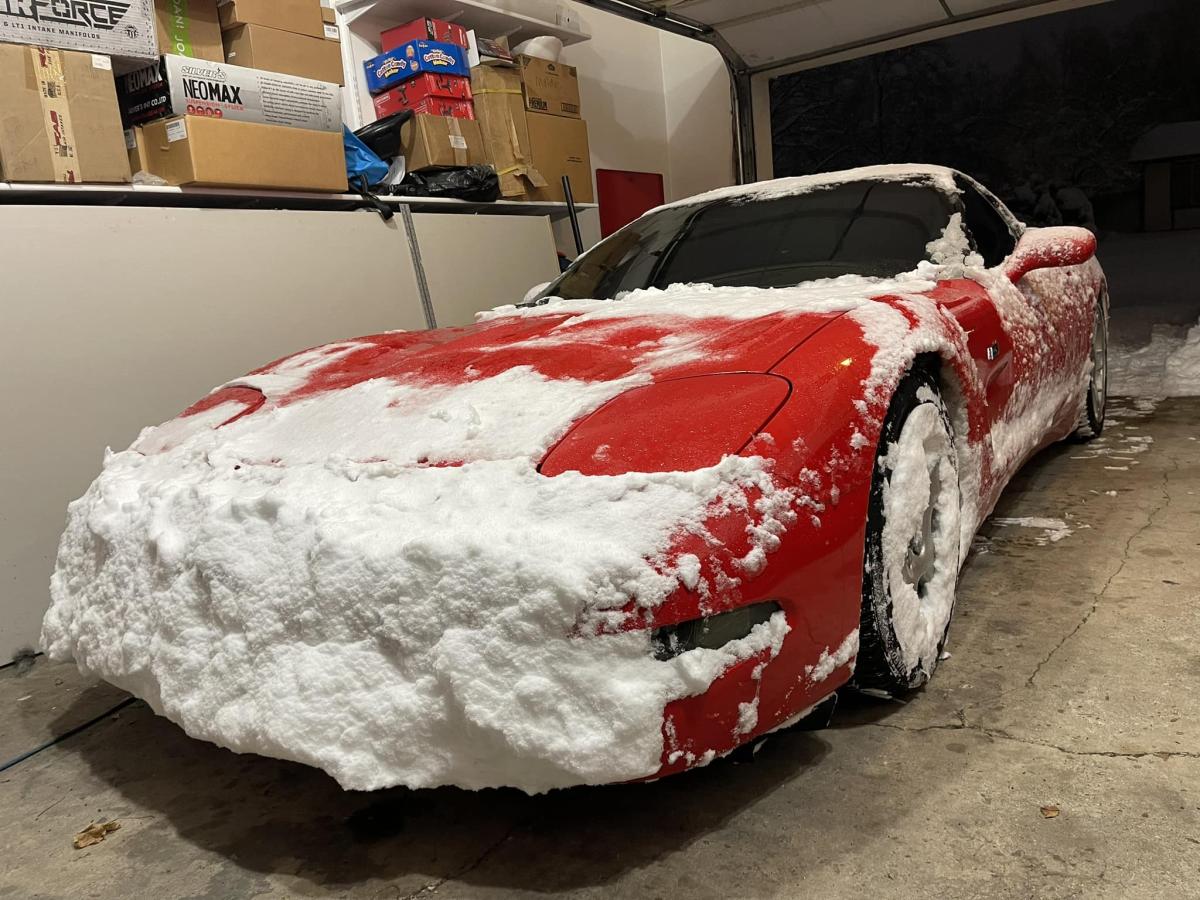
As I started to experience some rather significant overheating problems during various track days, I began researching all of the different options out there folks are using. I then decided to put this article together to help others, or even just collect my own thoughts. Much information on this topic is now lost to old forum posts where pictures used to be present and then the hosting service was canceled. In some cases the original posters event went back and deleted the post! Beyond that, some information is also just kept close to the vest by various race teams. So, having embarked on that journey and discovered that the information existed in such sporadic states all around the internet... I decided that here is where I will begin to capture various cooling options / upgrades!
This page will cover all of the various options and their pros and cons. Some of these are highly debated. A lot of folks will often say things like "Oh those GM Engineers knew what they were doing!" and indeed, they did... but their constraints and your use case may not be the same, and they both had to limit what they could build to sell to the average mid life crisis car purchaser along with keeping production costs reasonable! It's also worth noting a lot of compormises had to be made not just to ensure the car could operate effectively while sitting in traffic idling for hours, while also considering that some desperate folks drive these things in below freezing conditions! Hence what GM delivered and what works best for you may not nescessarily be the same thing.
Please note these are ordered from the most cost effective to the most likely effective at cooling your car but requiring more drastic changes. It's also worth noting that just like the GM engineers had to design their solution to work with the widest variety of folks, a lot of these solutions simply may not be right for you or inadequate for your operating conditions!
Set the Fans to Turn on Earlier
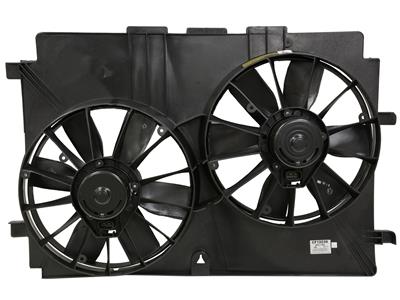
One popular and "free" way to increase cooling is to optimize the fan system that is already on the C5 Corvette.
The most accepted method is to reprogram the fan temperature settings. The high speed (second) fan turns on normally at 235F and turns off at 236F. By then... your car is likely well on it's way to overheating in my and others opinions. This will cost you a small chunk of change as you either need to get a tuner program and license for your vehicle (HP tuners is $600) or pay a tuner to make the changes for you at a cost of around an hour of shop time. People will make various adjustments to these in various aftermarket tuners, but nearly all of them set it so both fans come on at nearly the same time at a much lower temperature such as 198 degrees and kick off at 195. Bear in mind, the values you set you'll want to be slightly above whatever your thermostat temperature is and normal operating temperature. So even if you put in a 160 degree thermostat but see your temperatures settling at 180 degrees during normal operation, you'll want your fans kick on a little bit above that normalized temperature to ensure your fans just aren't running all the time needlessly.
Pros:
- Many street drivers find this is all they need to see better temperatures
- No parts to install!
Cons:
- Does not improve the cooling capacity of your system, just puts it to work earlier.
- Does not provide additional cooling at speeds above 35mph. So this is mostly for folks stuck in traffic, or for additional cooling in the paddocks.
Modifying the Fan Shroud
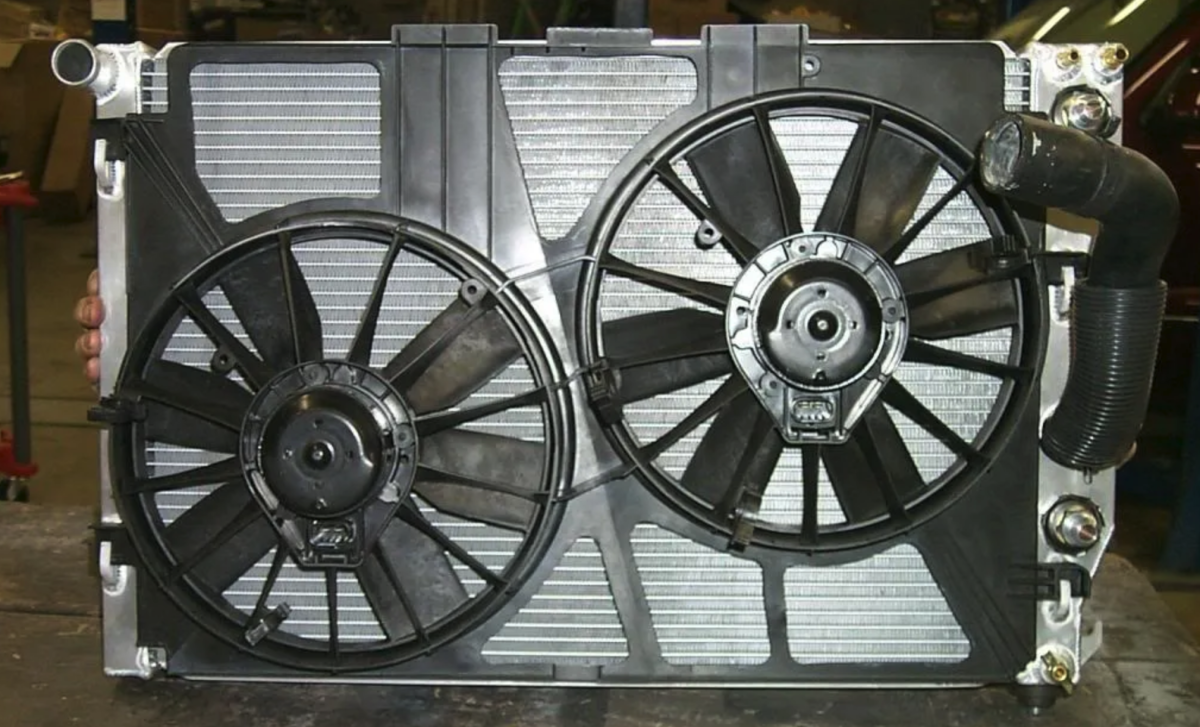
So from the factory the C5 corvettes needs included being able to idle in warm temperature environments for long periods of time, such as if a driver were to be stuck in traffic for a very long time. Thus, to meet those needs, the fans on the Corvette needed to be highly effective at moving air over the radiator with little to no exterior airflow. The best way to accomplish this is with a fan shroud that maximizes the draw of the fans through the radiator. In doing this, some high speed airflow was sacrificed as the shroud needed to seal much of the radiator to improve the fan's effeciency. It is also worth noting that when the engineers considered the tradeoffs of their fan shroud, that the surely came to the conclusion that the vast majority of owners of a Corvette would not be spending sustained periods of time at the full potential of the vehicle, and thus airing on the side of it sitting around at low speeds would matter more than long sustained high load and speed driving.
Enter the fan shroud modification. There are a few ways to do this, not all of them are equal:
First option: simply cut away portions of the fan shroud as you see above. It should remain structurally rigid, but help with cooling at high speed, but reduce the effeciency of your fans. If you're not dropping below 40mph or so at any point of the cars life... this is nice. That said, coming off the track your fans won't be doing much either so you might cook in the hot pits.
Second Option: is cutting out squares and putting rubber flaps over them like the picture below.
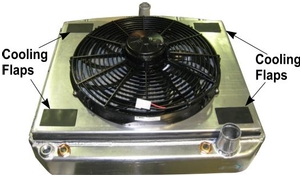
The rubber flaps will allow air past them at speed, but when the fan engages they will be pulled shut. This kind of gives you the best of both worlds. There are products out there as well for this you should be able to modify into your shroud such as these:
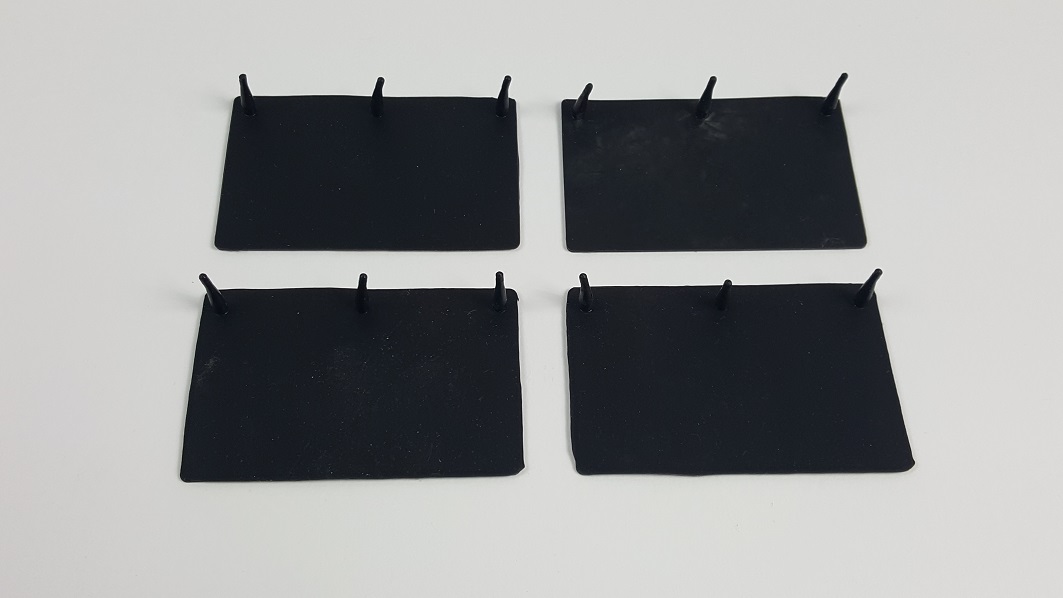
Now keep in mind, these flaps may not all perfectly fit. I'm personally going to try and find time to modify mine and include some directions on it. If you want to do this before I get around to blogging about it though, simply google "radiator flaps" or "Shroud flaps" and see where you can add some to your setup!
PROS:
- Improved cooling at speeds above 35mph
- No cost if just removing segments and doing yourself.
- Low cost if just adding rubber flaps yourself (no known product yet for this)
CONS:
- Reduction in cooling capacity at lower speeds (below 35mph)
- While flaps will help reduce airflow loss at low speeds compared to skeletonizing, they surely don't seal perfectly and there will still be some loss.
- Some folks have reported their shroud cracked when skeletonizing it, so be careful cutting too much off if you are going this route!
Upgrade Thermostat to Lower Temperature
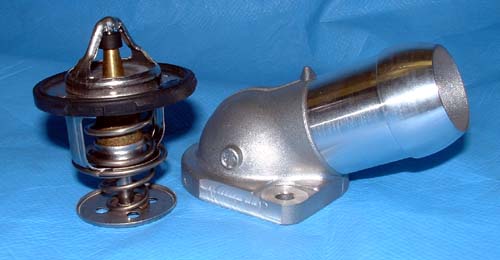
So this option will get a lot of talk and is highly debated. Some folks will even say outlandish things like it will make the car run hotter!
The simple reality is the thermostat will just open sooner, circulating coolant sooner. It will not in itself prevent temperatures from increasing or improve the effeciency of the system. What it will do however is potentially make it so as when your car is able to cool itself to whatever it's lowest temperature potential is, your starting coolant temperature when you begin to drive again agressively will be lower and thus potentially take that bit longer to heat up. Think of it like microwaving luke warm pizza versus a cold pizza from the fridge pizza. The old pizza is going to take longer in the microwave, but nothing you did made it resist the heat from the microwave!
So why didn't GM think of this? Well, the arguments for this are all over the map and very few qualified individuals have spoken out on it. Fortunately a Master Technicain and automotive instructor stepped up and provided a most poignant explanation. GM switched in the mid 1970s to a higher thermostat temperature both for emissions and passenger comfort. Emissions is no surprise, but passenger comfort was something many have not considered. Apparently with 160 degree thermostats it would prove very difficult to get the car defroster and interior heating to work effectively during freezing temperatures. Thus, because some maniac drives these things around in freezing temperatures, GM had to make the vehicle work for them as well. If you're tracking these cars, I'm beyond confident you aren't taking it out during freezing temperatures, and thus could benefit from a lower temperature thermostat!
Now it is worth noting that most modern vehicles, and the C5 included, do not have the cooling capacity as far as fans and radiators to keep the car down to 160 degrees when idling in traffic, probably with air conditioning going. Thus a more popular temperature such as 170 or 180 may be a bit more practical for your application anyways since that's about the most the car can pull off anyways.
Another thing worth mentioning is that GM produces a bajillion vehicles, and they aren't going to reinvent the thermostat just for the C5. Odds are that they just slapped in the same thermostat to the C5 they use across a few hundred other models. Thus, the thermostat for the C5 may not flow coolant as optimally as other designs. Some folks thus offer high flow thermostats and thermostat housings which may or may not improve your cooling capacity. No testing has been demonstrated on the matter.
Pros:
- Gets coolant moving sooner.
- Your starting temperature before aggressive driving will potentially be lower and buy you some time.
Cons:
- Does not actually improve cooling capacity.
- Can cause other issues, possibly, maybe... but most of that sounds like a lot of old wives tails and nobody can point to a situation that happened to them. Just they heard from their uncles brothers dog once in the 80s it caused their Nova to eat it.
Bypass the Thermostat Entirely
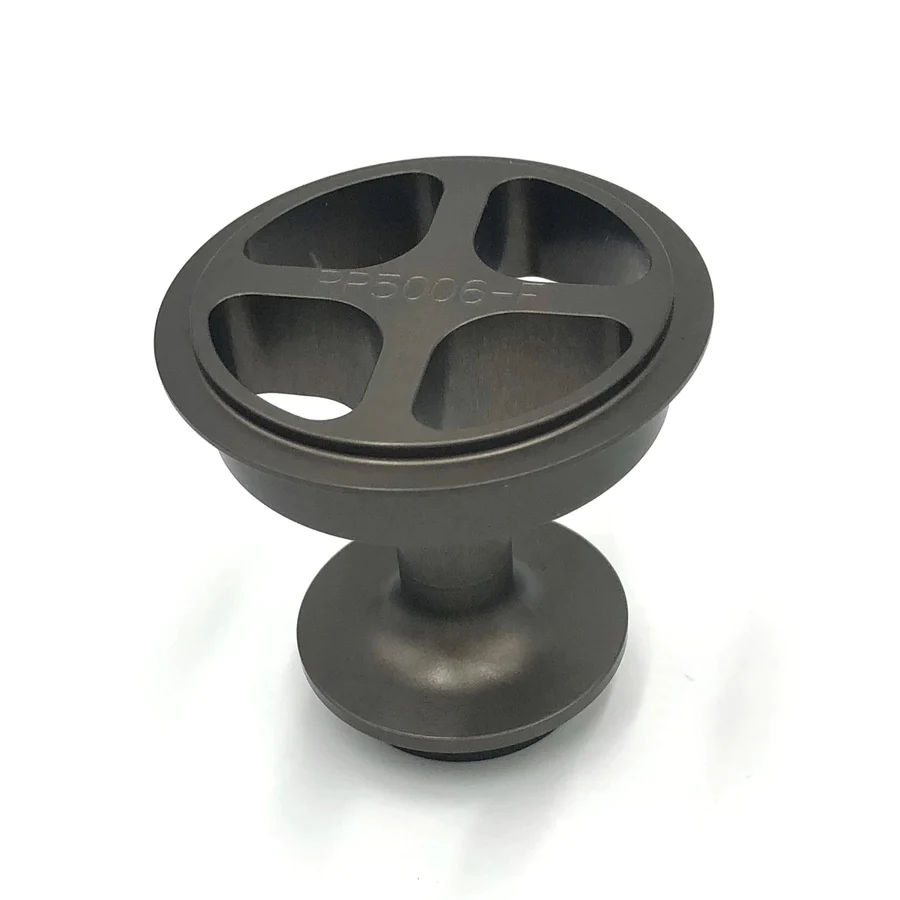
So if the lower temperature thermostat came across as potentially controversial... straight up ditching the thermostat entirely is it's far more dubious big brother. The big reason you might opt for this is it essentiall lets your system cool to it's maximum potential at all times, and at no point can your thermostat fail potentially causing catastrophic engine failure.
One main reason you wouldn't opt for this are tuning difficulities relating to OEM ECU and emissions, as the engine will complain it isn't warmed up in time. You also have all the other previously mentioned reasons with potentially overcooling or moving too much water and being ineffective, etcetc.
I personally street drive my car and don't have the funding to run an aftermarket ECU setup. If I was building a no holds barred all out brawler of a C5 corvette though, this wouldd surely be a part of it.
Here's the only place I could find an example of this part for sale, and it's not even C5/LS1 specific. Contact them, they may be able to help you find the right one. You do need a special shaped unit though as the C5 thermostat is a two part design for somereason and you need to plug the first part up to prevent flow from that being part of the equation.
Pros:
- Gets coolant moving as soon as possible
- Your starting temperature before aggressive driving will be as low as possible.
Cons:
- Can cause OEM ECU tuning issues.
- Still does not actually improve cooling capacity.
- Can cause other issues just like the other setup, supposedly, maybe, eh whatever
Install Hood Vents
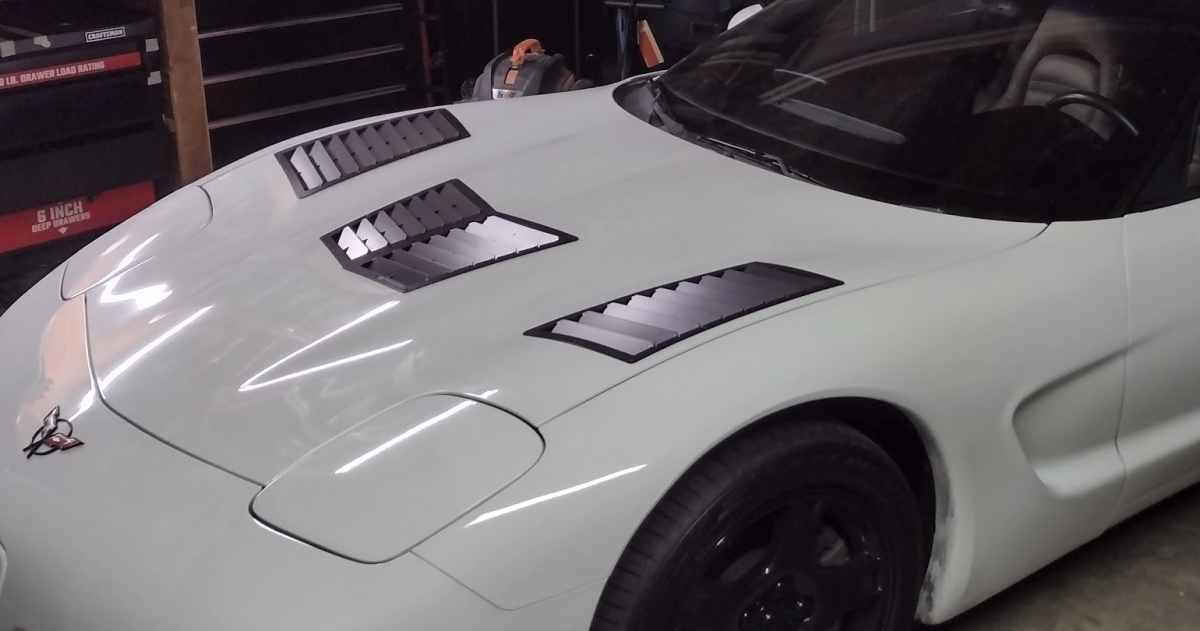
Hood vents are a great upgrade that help with cooling and help improve with the aerodynamic lift that naturally occurs on the front end of many vehicles, with the C5 being no exception to that occurance. Air can now enter the engine bay, and while MOST of the air in the car travels out under the C5, some attempts to travel upwards and through the hood, resulting in lift. Ontop of this, when stopped, all of the hot air wants to simply rise of course and a hood vent gives that an exit. All hood vent owners can attest that they can see heat radiating out through their hood vents when stopped.
Here's a short video on the topic that may help you understand the value of C5 hood vents:
So why didn't the car ship with these from the factory? Well, right off the bat their looks are debatable to some. I love them, others hate them. After that, there is the issue of the car in the wet. The GM engineers had to consider making the car livable for being driving in significant rain events, and thus had to keep rain out of the engine bay. While I have written about how these work in modest rain (fine) it is undeniably not as good as the OEM protection.
It is worth noting that hood vents performance is improved notably with wickers/gurneys in front of them. One article on the topic by Racelouvers.com showed significant improvements from larger wickers/gurneys, up to a point that is as drag was also increased.
PROS:
- Notable heat venting when stopped
- Improved airflow when moving for both improved cooling and front downforce
CONS:
- You'll have to cut up your pretty hood. Hoods are in abundance right now, but that could change as time goes on.
- If rain is a significant factor for you these may introduce higher than normal levels of water to the engine bay.
Upgrading The Radiator
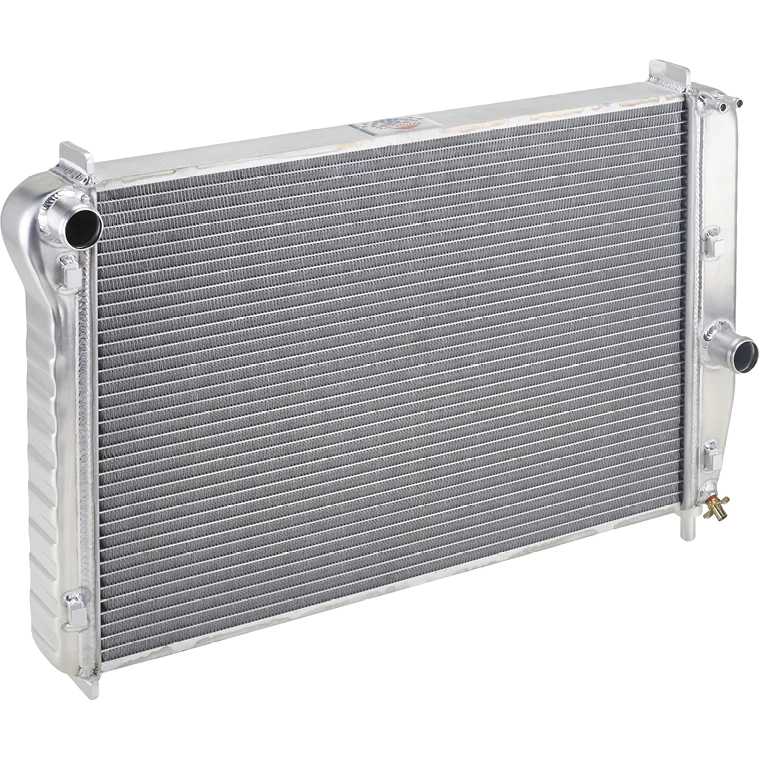
Another option for improved cooling is to upgrade your radiator. Folks like Dewitts (pictured above) make a direct fit radiator for the C5 Corvette. These larger higher capacity radiators are reputed to improve cooling while also being more durable than the plastic sided OEM units.
Options and cost range from about $350 up to about $850. Some folks have used models other than Dewitts with great luck. Some folks however claim that most people can't get enough airflow through the bigger radiators and thus they perform worse than OEM for most practicle applications.
Other benefits include that they often can come with a built in oil coller, and some even offer aftermarket fan shrouds with them that supposedly flow air better than OEM. See for example the Dewitts Radiator shroud below. The fans supposedly flow more air, and with the radiator flaps already installed at higher speed it should in theory allow more air through the radiator as well!
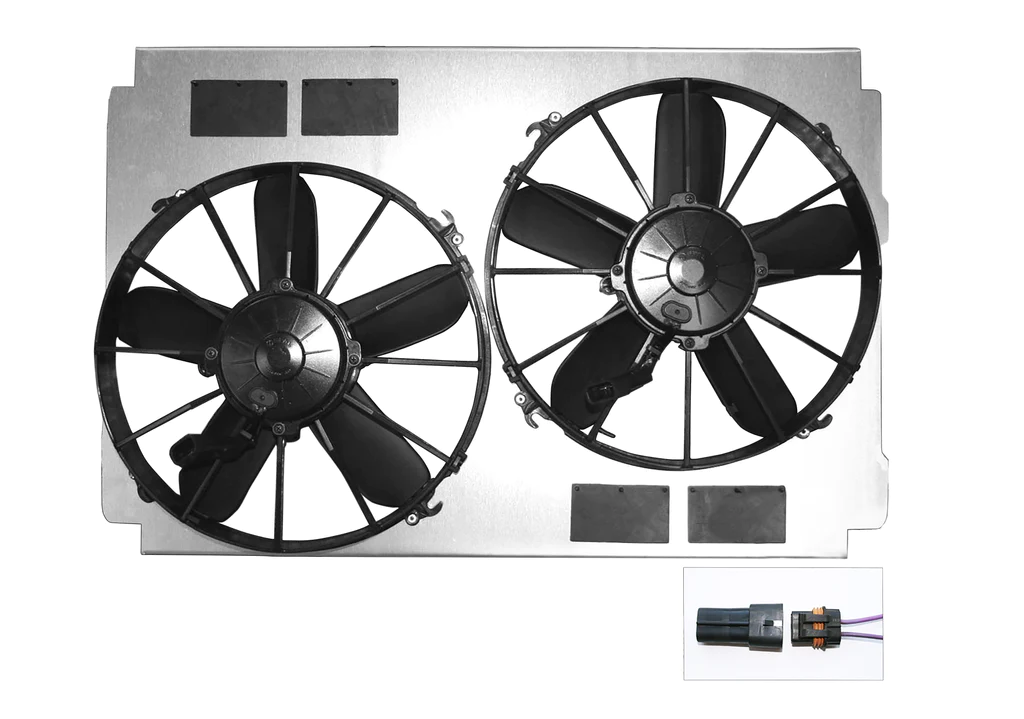
Why did GM go with what they went with? Well, cost was surely a factor, along with the reality that they needed their radiator to perform as best as possible at the average speeds most drivers would travel and the cost difference over a few million cars of a plastic sided radiator versus aluminum radiators.
Pros:
- Improved cooling and often capacity.
- Direct fit, generally.
- Can include Engine Oil Cooling.
- Improve airflow radiator shrouds.
Cons:
- Some debate as to effectiveness, although I've never seen anyone report a loss of cooling performance.
Adding an Oil Cooler
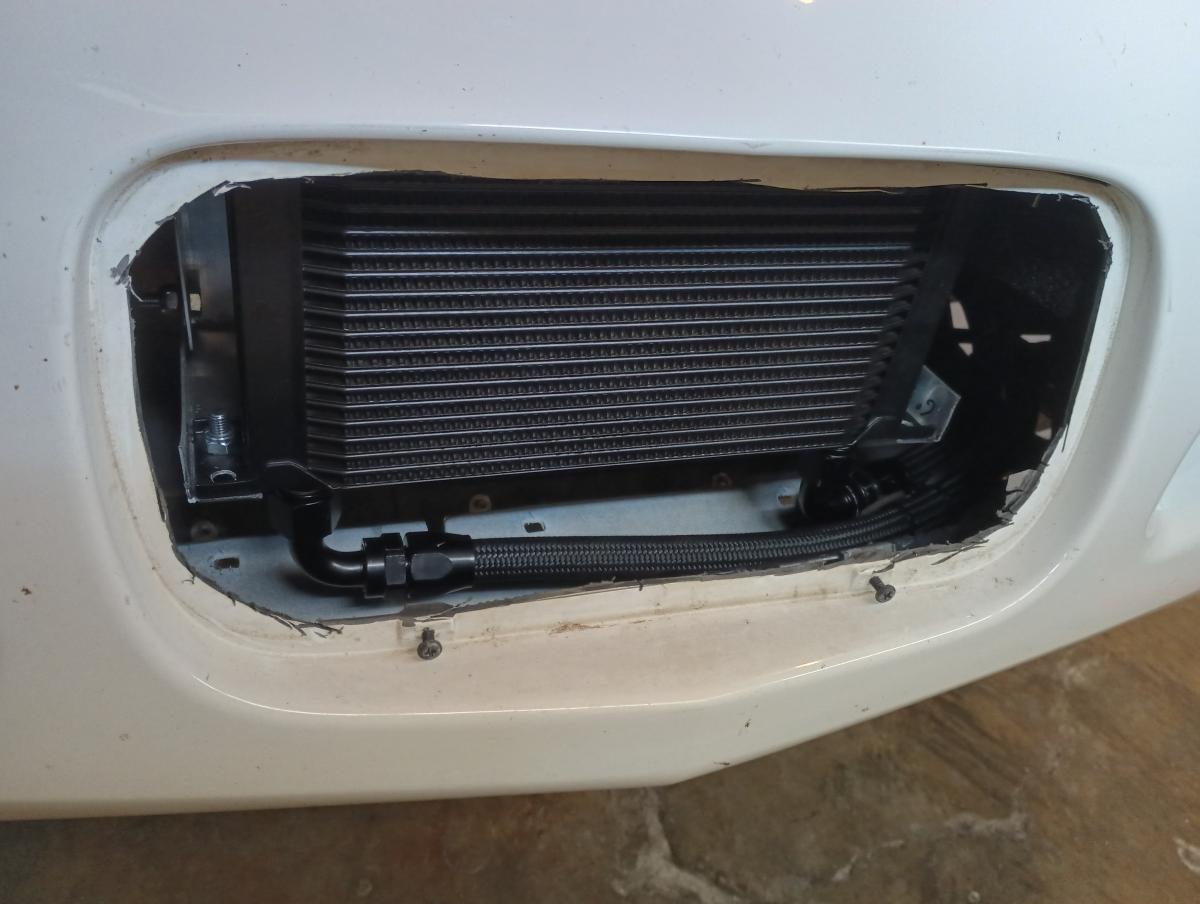
So if you've tracked your car at all, you may notice oil temperatures will rise significantly higher than coolant temperatures on a fairly stock car. Keeping oil temperatures down will help cool everything overall, and is a part of a cooler engine. I personally found that the addition of an oil cooler on my C5 dropped temperatures dramatically. It is one of the most common upgrades out there for track cooling, and for good reason!
Why didn't the C5 ship with an oil cooler? Well, later model C6 Z06 and C7 corvette's did infact ship with additional oil cooling. The C5 just simply didn't need it from the track for 95% of owners. Ontop of that, the engine bay packaging on the C5 was already tight, and adding in an oil cooler that 95% of customers didn't need was a cost that surely wasn't going to fly.
Some radiators come with a built in engine oil cooler (EOC). There is some debate about the effectiveness of these versus a separate stand alone oil cooler as in theory the heat from the oil is potentially added right back ito the coolant. However, nearly all who utilize a radiator with a built in cooler report temperature reductions over OEM. I will say that most race teams are not utilizing a unit with an integrated oil cooler, nor is GM on most it's Z06 models that ship with separate oil coolers, so the long term best play seems to be to run a separate stand alone oil cooler... or two if you're feeling like you want some extreme cooling!
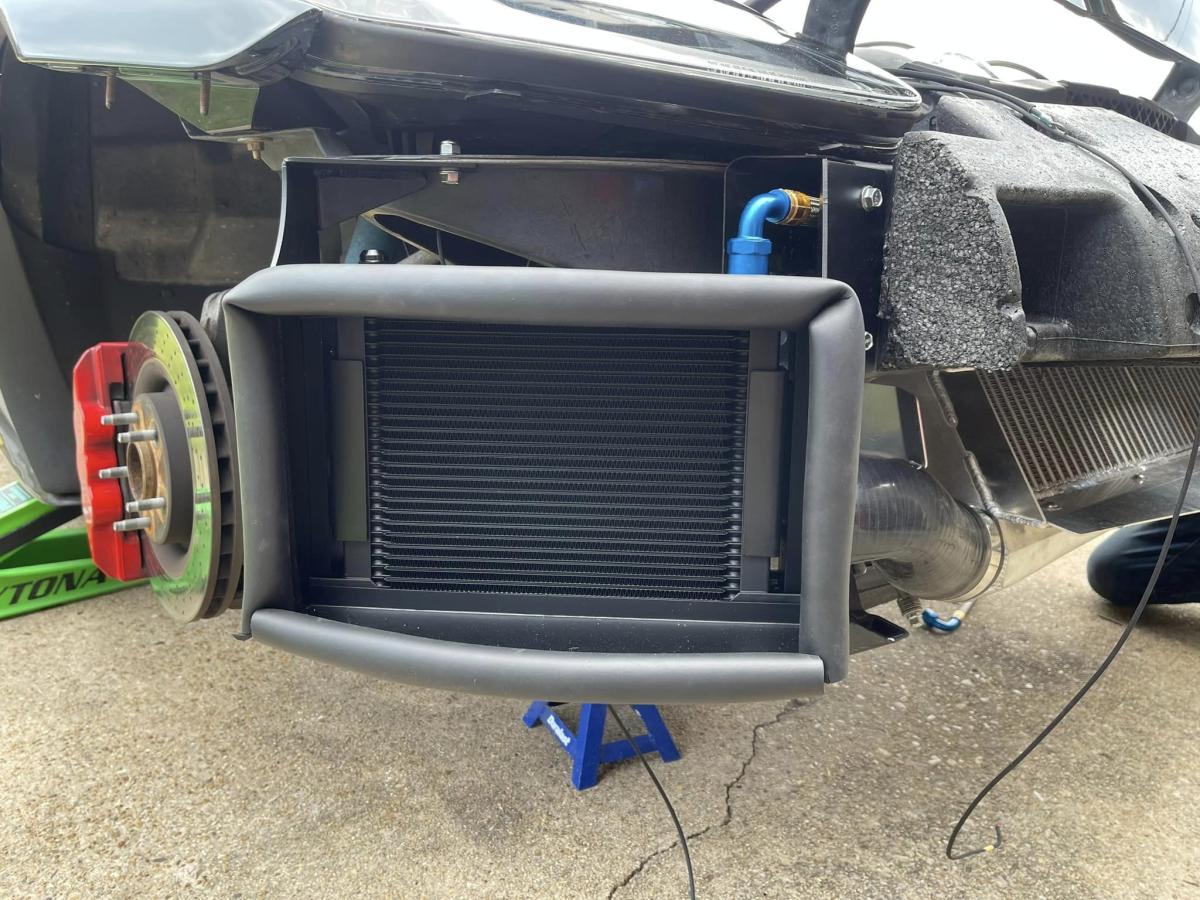
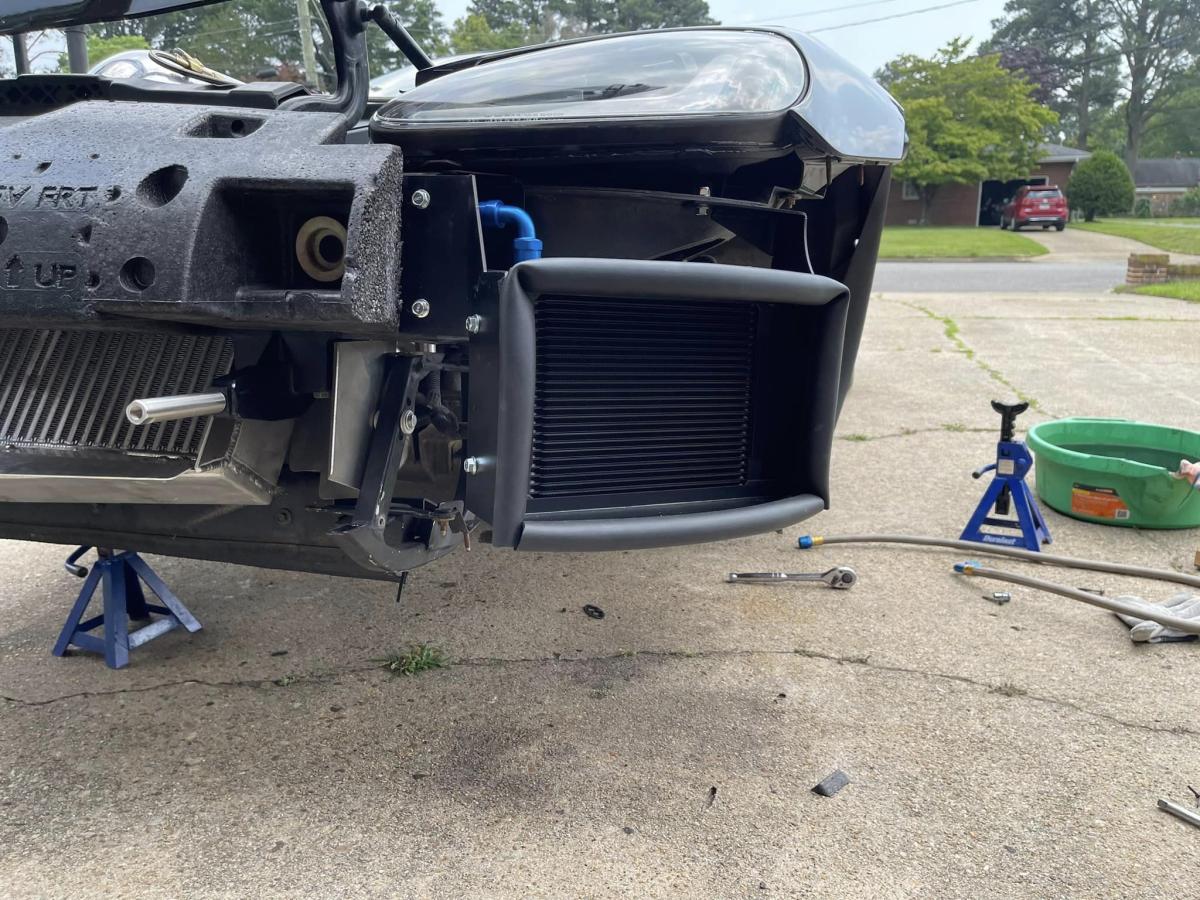
Pros:
- Significant overall temperature improvements.
- Additional oil capacity.
Cons:
- Additional potential points of failure.
- Placement in front of the front crash bar could lead to a rapid loss of oil in the event of a front end accident.
Foward Leaning Radiator
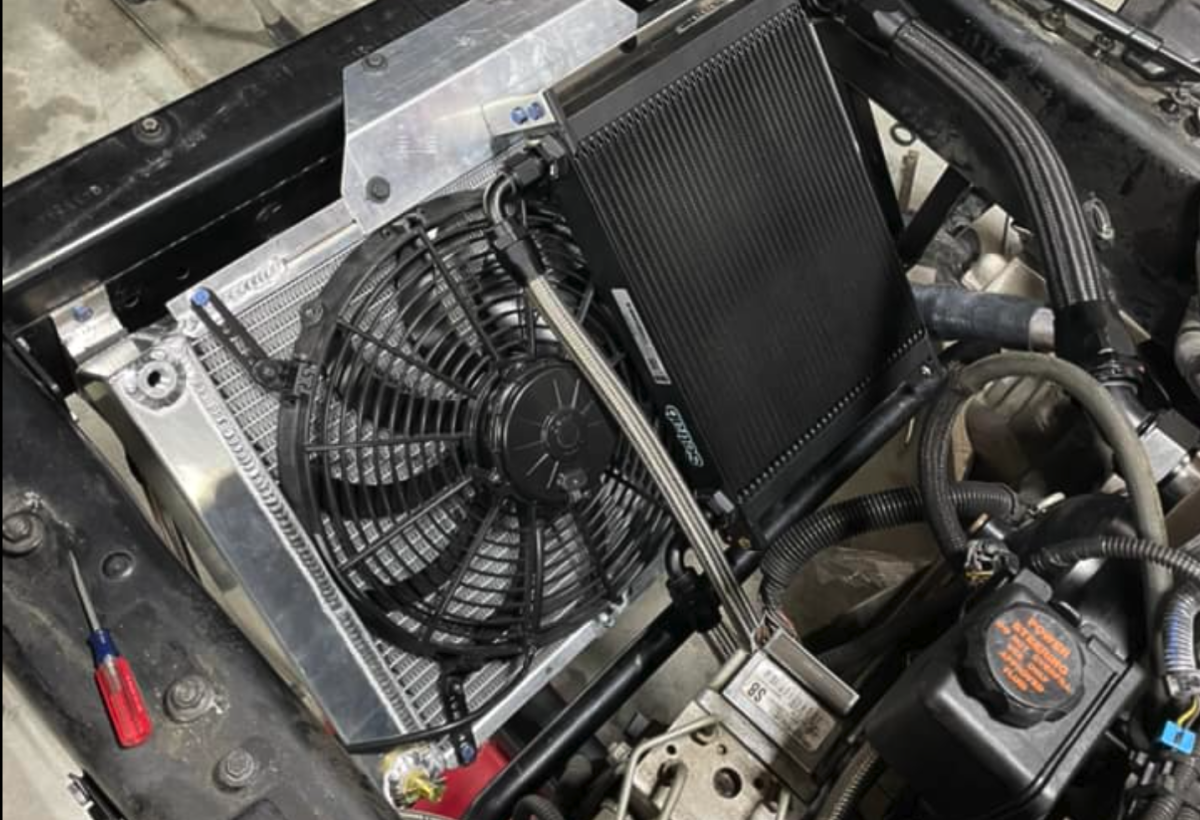
So the C5 corvette radiator is rearward leaning. Why surely revolves around a variety of factors, including that the C4 actually had it's radiator angled in such a way to try and make it invislbe to forward radar as part of a marketing gimmick. Whatever the reason, air enters the car under the front bumper and then attemps to exit under the car. If you've got hood vents though... why not direct all of that airflow up and out the hood vent?
Enter the forward leaning radiator. People tracking the C5 Corvette have great results with it, and if you want to run a splitter it's considered all but mandatory by folks such as Gspeed.
My personal experience... with a splitter and rearward leaning radiator you can and will overheat! My car definitely experienced this!
Pros:
- Improved aerodynamics as air exits up through hood vents instead of down under car.
- Improves cooling while you are running a splitter.
- Improved cooling in general
Cons:
- Only one company makes a forward leaning setup and it starts at $4.5k of cost.
- Most folks DIY theirs, and it's not straight forward, but not impossible.
- Most folks ditch AC while doing this, and routing CAI is difficult. Many folks often just sacrifice a head light thus making the car not streetable anymore when it's dark out.